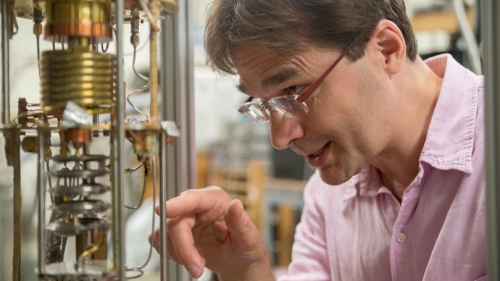Professor Emeritus William T. Doyle Passes Away
It is with great sadness that we report the passing of Professor William Doyle. Bill dedicated his career to teaching and mentoring countless Dartmouth undergraduate and graduate students. Even in his retirement he could regularly be found in Wilder, talking with students and colleagues, and working on his research.
[more]
